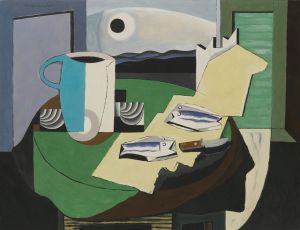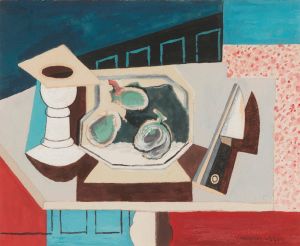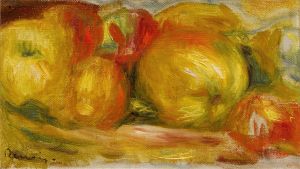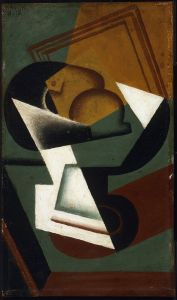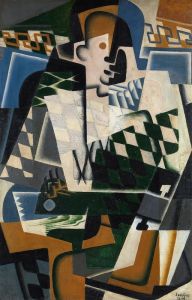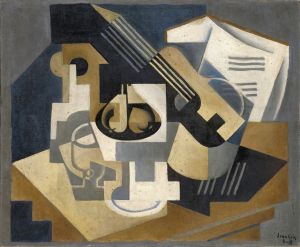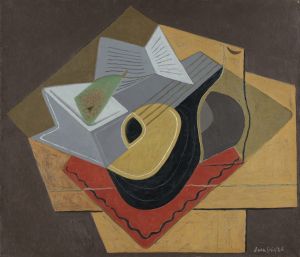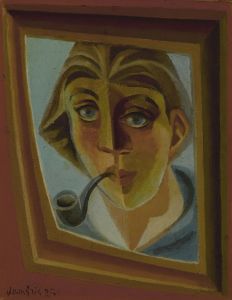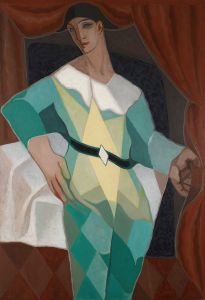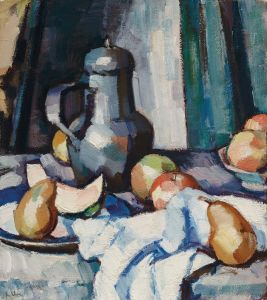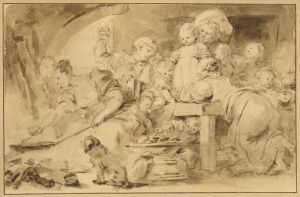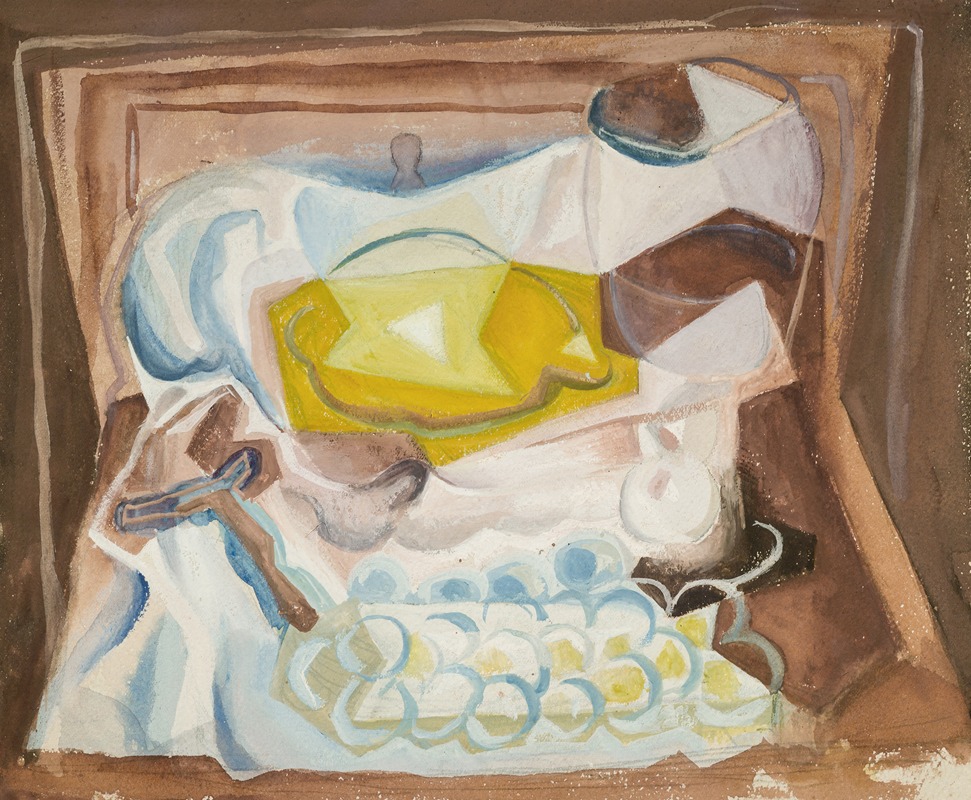
Nature morte
A hand-painted replica of Juan Gris’s masterpiece Nature morte, meticulously crafted by professional artists to capture the true essence of the original. Each piece is created with museum-quality canvas and rare mineral pigments, carefully painted by experienced artists with delicate brushstrokes and rich, layered colors to perfectly recreate the texture of the original artwork. Unlike machine-printed reproductions, this hand-painted version brings the painting to life, infused with the artist’s emotions and skill in every stroke. Whether for personal collection or home decoration, it instantly elevates the artistic atmosphere of any space.
Juan Gris, a prominent Spanish painter and sculptor, is widely recognized for his significant contributions to the Cubist movement. One of his notable works, "Nature morte" (translated as "Still Life"), exemplifies his unique approach to Cubism, characterized by a meticulous attention to detail and a harmonious use of color and form.
"Nature morte" was created during a period when Gris was deeply immersed in the Cubist style, which was pioneered by artists like Pablo Picasso and Georges Braque. Unlike his contemporaries, Gris brought a distinct clarity and precision to his compositions, often incorporating elements of Synthetic Cubism, which involved the use of simpler shapes and brighter colors.
The painting "Nature morte" is a testament to Gris's ability to blend geometric abstraction with a sense of realism. In this work, Gris employs a palette of muted tones, interspersed with vibrant hues, to create a balanced composition. The objects depicted in the painting, which typically include items like bottles, musical instruments, and newspapers, are rendered with a sense of three-dimensionality, despite the flatness of the canvas. This technique highlights Gris's skill in manipulating perspective and form to create a cohesive and engaging visual narrative.
Gris's approach to still life was innovative in that he often incorporated elements of collage into his paintings. This technique involved the use of cut paper and other materials to add texture and depth to the canvas, further blurring the lines between painting and sculpture. In "Nature morte," this method is evident in the way Gris layers shapes and patterns, creating a dynamic interplay between the various elements of the composition.
The influence of Gris's background in mathematics and engineering is apparent in his precise and calculated approach to composition. Each element in "Nature morte" is carefully arranged to create a sense of balance and harmony, reflecting Gris's belief that art should be both aesthetically pleasing and intellectually stimulating. This philosophy is evident in the way he meticulously constructs each painting, paying close attention to the relationships between color, form, and space.
"Nature morte" is a reflection of Gris's broader artistic vision, which sought to capture the essence of everyday objects while simultaneously challenging traditional notions of representation. Through his innovative use of color, form, and composition, Gris was able to transform ordinary subjects into complex and thought-provoking works of art.
Today, Juan Gris is celebrated as one of the leading figures of the Cubist movement, and "Nature morte" remains an important example of his contribution to modern art. His work continues to inspire artists and art enthusiasts alike, serving as a reminder of the enduring power of creativity and innovation in the visual arts.







